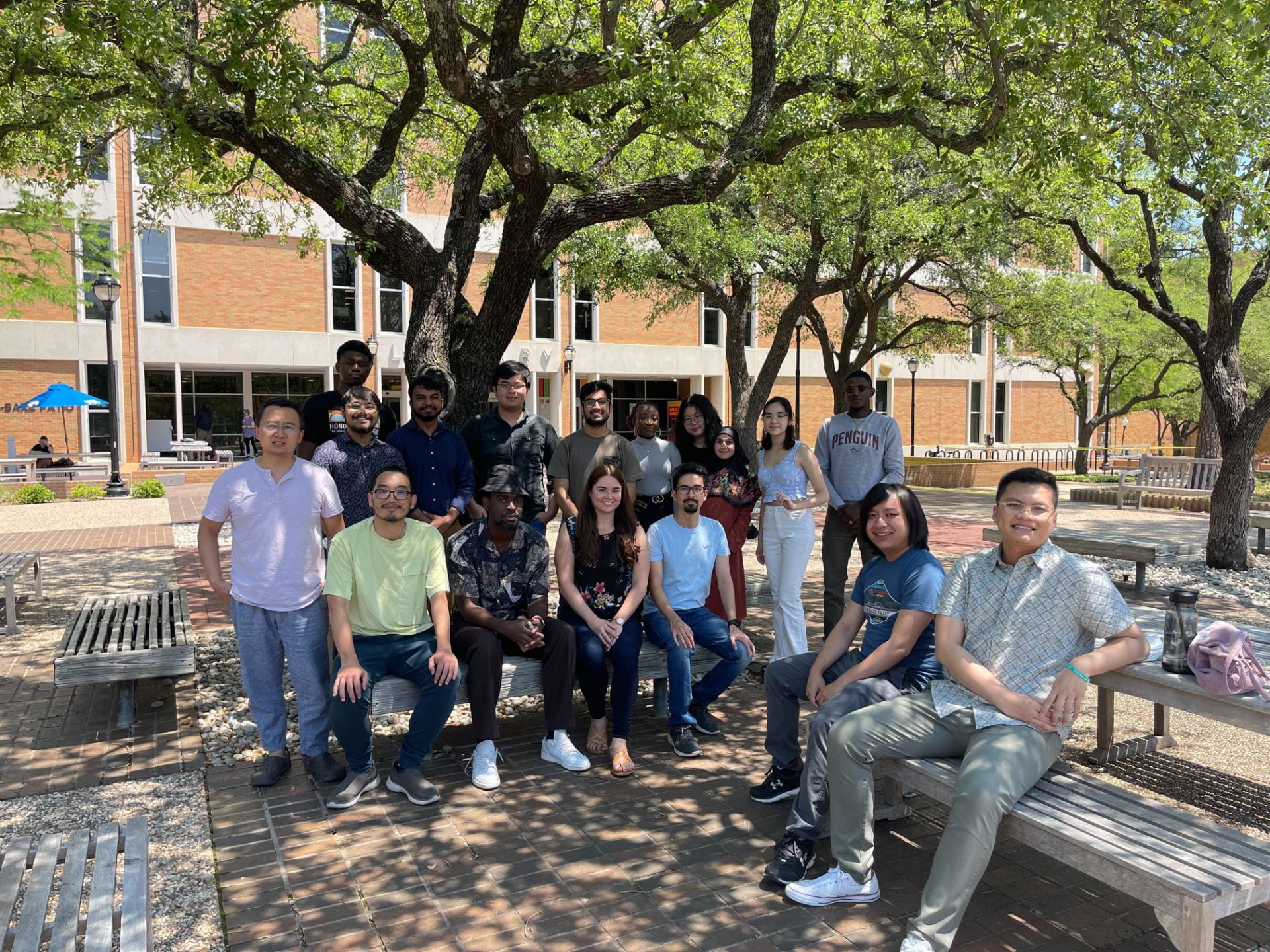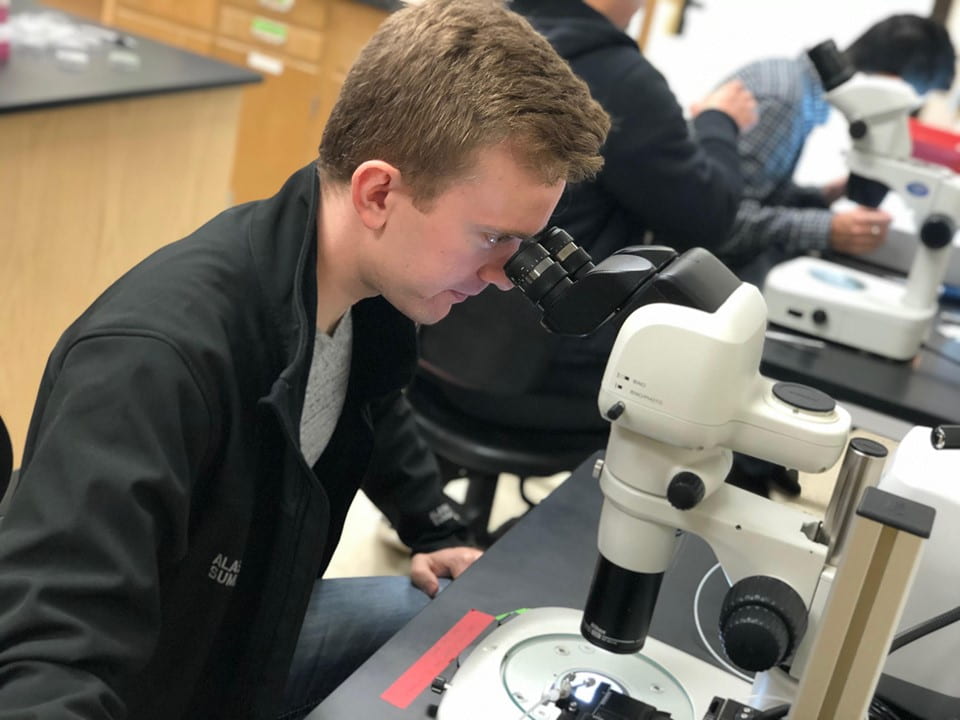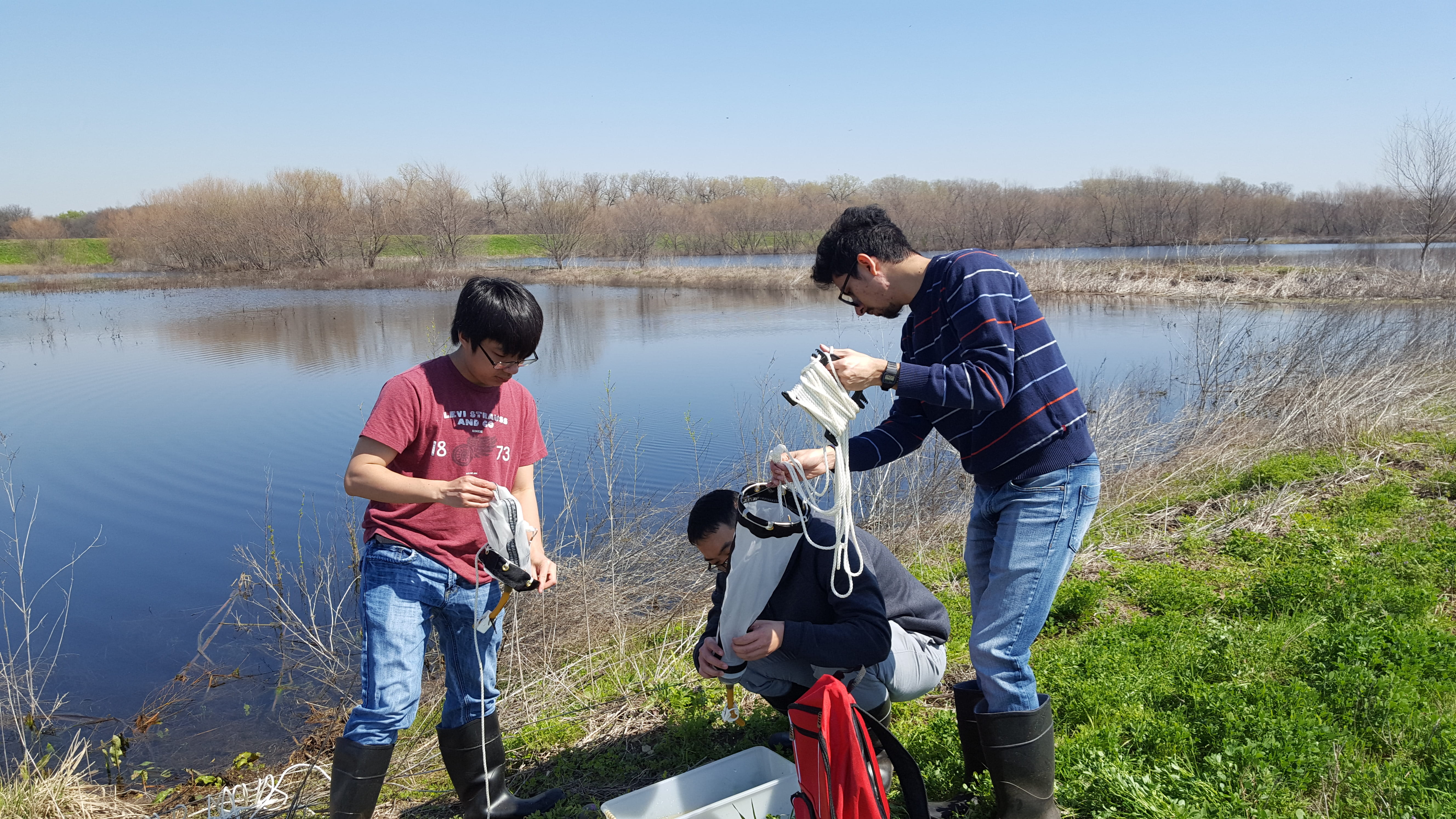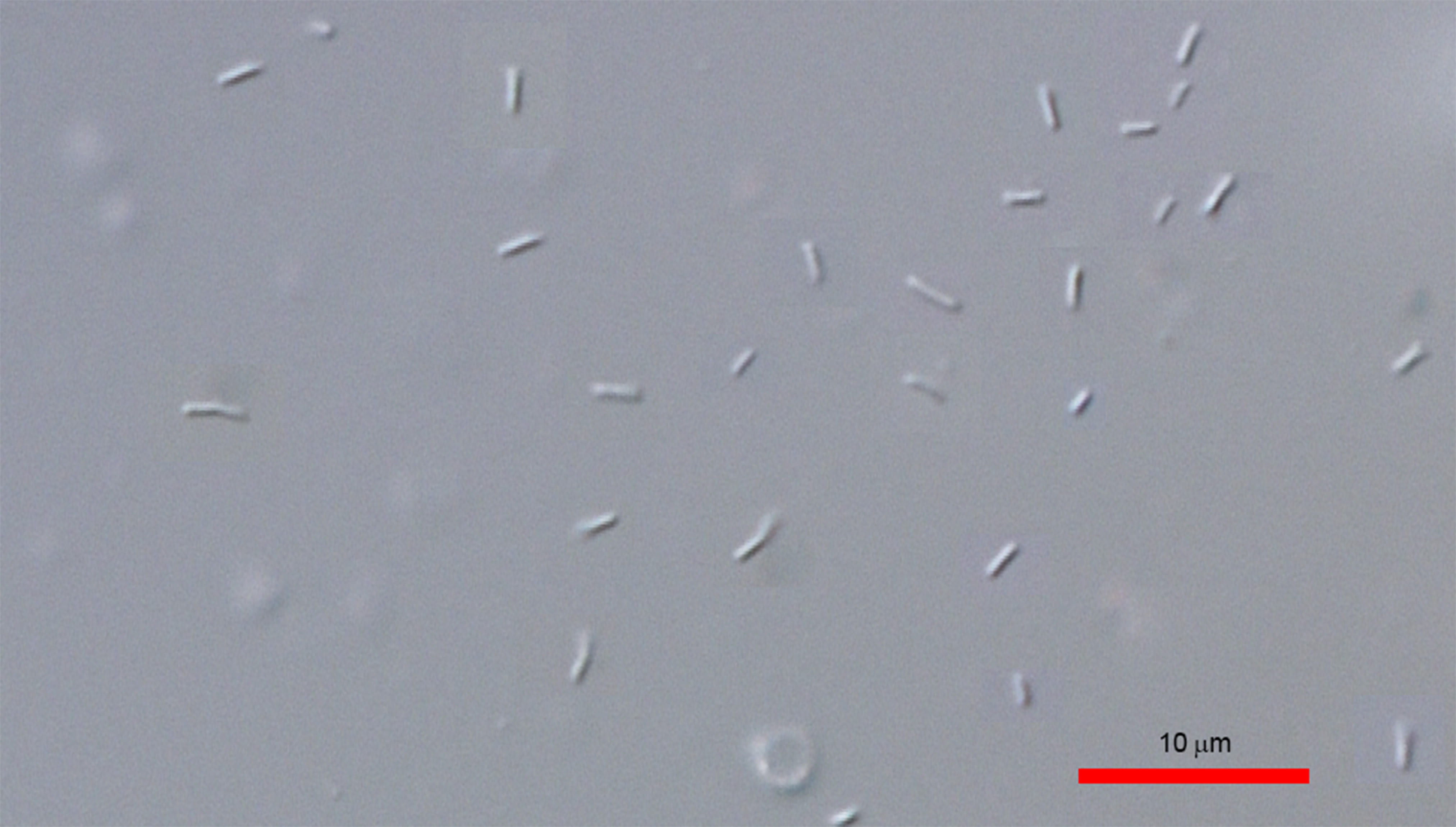Our lab is interested in how evolutionary forces such as natural selection, mutation, genetic drift, and hybridization lead to the origin of novel phenotypes in eukaryotic evolution. For example, we have been investigating the genomic basis of the origin of obligately asexual reproduction in the microcrustacean Daphnia that originated through historical hybridization events between two ecologically divergent sister species Daphnia pulex and D. pulicaria. Our hypothesis is that the origin of obligate asexuality is due to the genetic incompatibility between these two species accumulated through drift and adaptation to their distinct habitats. In this NIH-funded project, we are using cutting-edge genomic sequencing and genomic editing techniques to understand the causal genes of obligate asexuality. Also, we are employing cell biology techniques to understand the underlying genetic mechanisms.
Another important research direction in our lab is to understand how environmental stress modulate meiotic recombination. To examine where and how often meiotic recombination events occur on the genome-wide scale, our lab has developed a novel experimental procedure for the whole-genome sequencing of single sperm from Daphnia. We are currently looking into how temperature may affect recombination rate.
For more information on the research going on in our lab, please see the page for Research interests.





